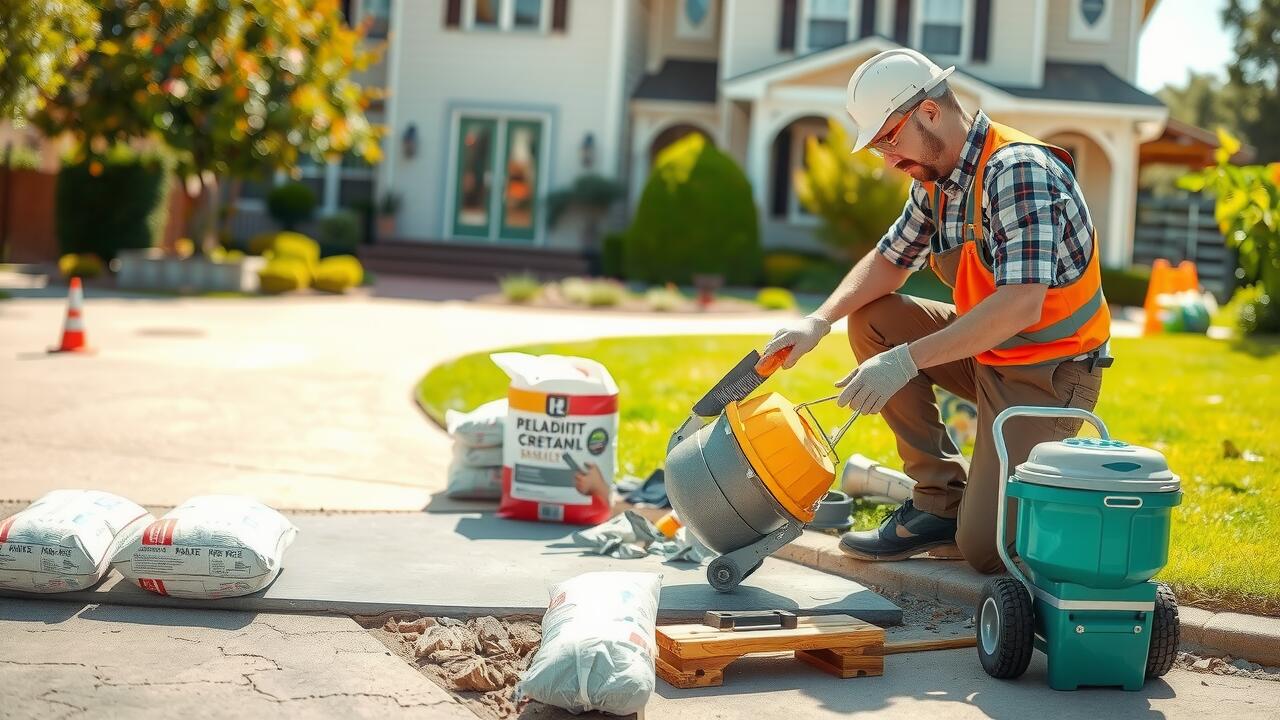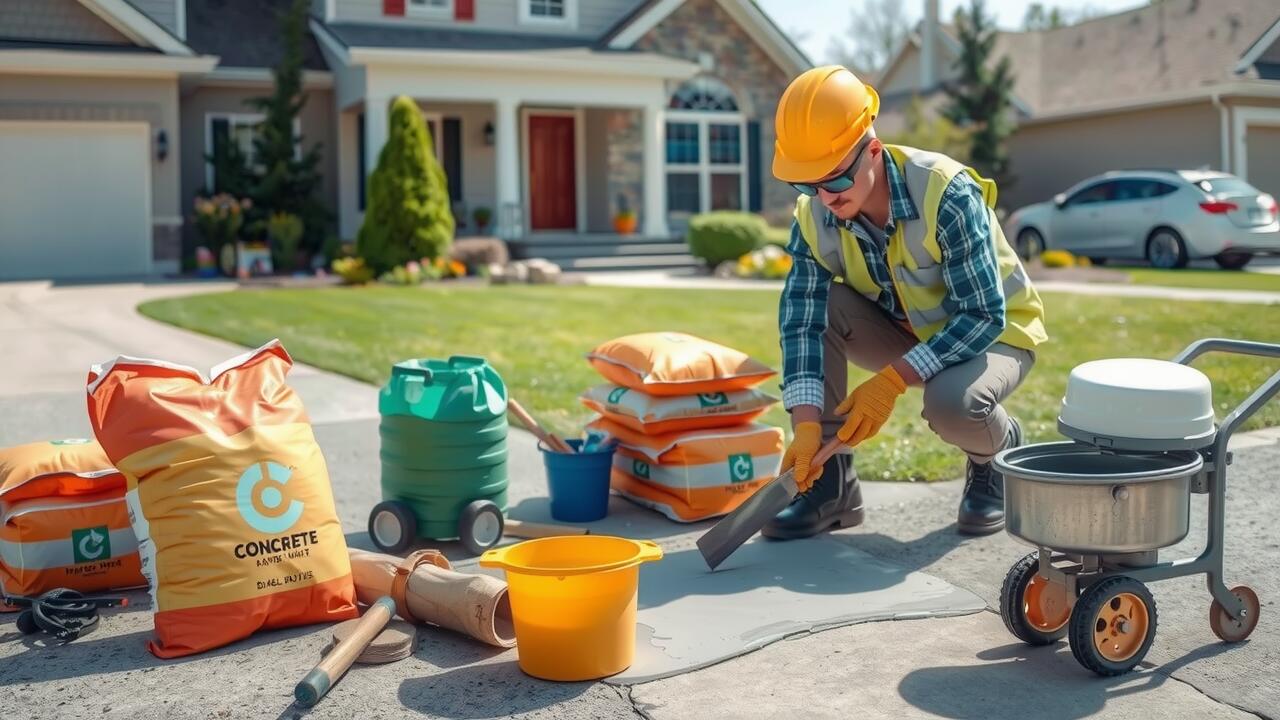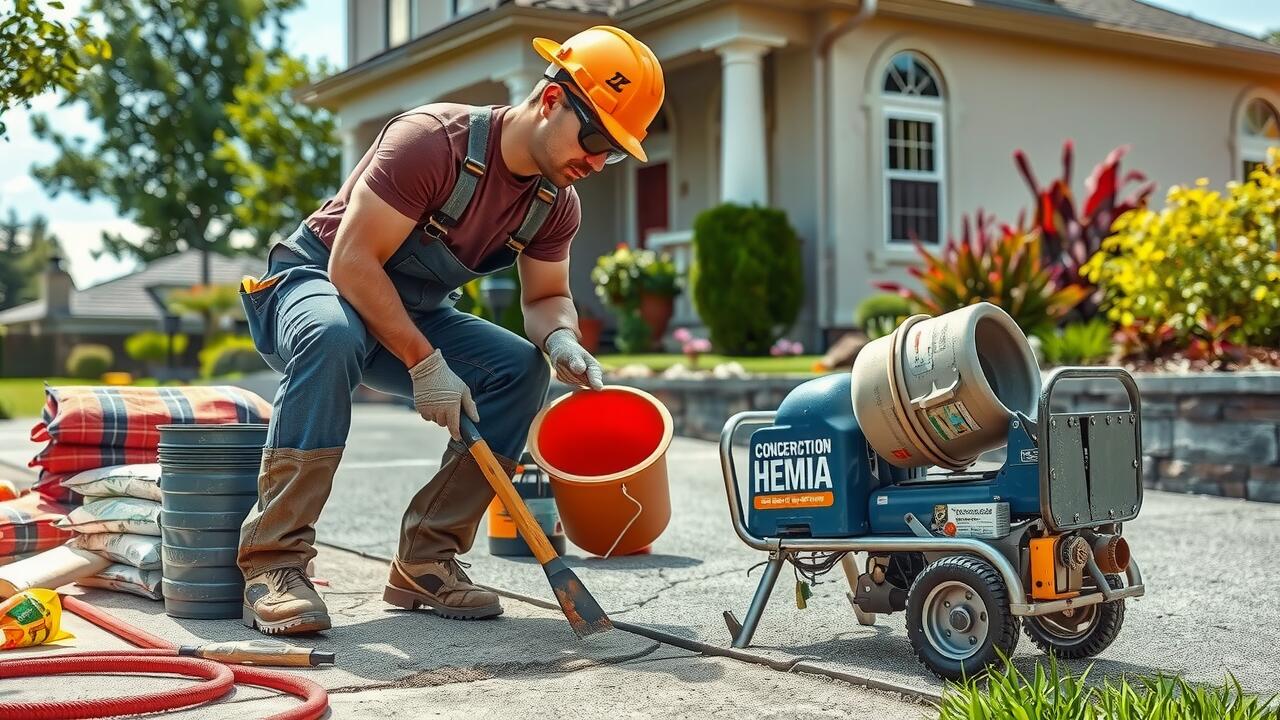DIY vs. Professional Repair Services
Many homeowners consider tackling concrete repair projects on their own to save money and gain a sense of accomplishment. With the availability of DIY kits and online tutorials, concrete repair can seem manageable. Basic issues like small cracks and surface spalling may not require professional intervention. Those who are handy may find that performing these repairs themselves allows for flexibility in timing and can lead to satisfactory results when done correctly.
On the other hand, some concrete repair tasks require a level of expertise that only professionals can provide. For larger cracks, deep structural issues, or extensive surface damage, hiring a contractor may be the wiser choice. Professionals bring experience, specialized tools, and knowledge of the best materials for the job. They can also ensure that the repairs are compliant with local building codes. In the long run, investing in professional services could lead to better durability and ultimately save on future repair costs.
When to Hire a Contractor
Recognizing when to hire a contractor for concrete repair is crucial for achieving optimal results. If the damage is extensive, such as deep cracks or crumbling sections, a professional’s expertise becomes essential. Experienced contractors can assess the situation accurately and provide solutions that are not only effective but also long-lasting. Moreover, if the repair project involves complex work like foundation stabilization or large-scale resurfacing, the technical skills of a professional will ensure that the repairs meet safety standards.
In situations where the concrete repair requires specific equipment or materials, turning to a contractor can save time and effort. Professionals have access to high-quality products and specialized tools that may not be readily available to the average homeowner. Additionally, hiring a contractor can help avoid common pitfalls associated with DIY repairs, such as incorrect application techniques that could lead to further damage. Making the decision to engage a contractor may involve a higher upfront cost, but it often proves to be a worthwhile investment in the durability and integrity of your concrete surfaces.
Longevity of Concrete Repairs
The longevity of concrete repairs largely depends on several factors, including the type of repair method used and the underlying conditions of the existing concrete. Proper surface preparation and the choice of materials play critical roles in how well a repair can withstand the test of time. For instance, using high-quality sealants and additives can enhance the bond between the old and new concrete, significantly extending the lifespan of the repair.
Environmental factors also contribute to the durability of concrete repairs. Exposure to moisture, temperature fluctuations, and chemicals can compromise the integrity of repaired areas. Adequate drainage and regular maintenance can mitigate some of these effects, but understanding the specific conditions in which the concrete exists is key to achieving the best long-term results. Therefore, informed decisions regarding concrete repair can result in more resilient outcomes.
Factors Affecting Durability
Several factors influence the durability of concrete repair. The quality of the materials used plays a significant role; higher-grade epoxy or polymer-based compounds generally offer improved strength and longevity. The existing condition of the concrete also matters; if the underlying structure has extensive damage or decay, any repair may be compromised sooner. Environmental exposure, such as moisture levels, temperature cycles, and chemical exposure, can accelerate wear and tear, affecting how long the repair will last.
Proper installation techniques are crucial for maximizing the lifespan of concrete repair. Factors like surface preparation, mixing proportions, and application methods can directly impact the final result. An inadequate bond between the old and new concrete can lead to delamination or cracking, especially under load stress. Regular maintenance after a repair is equally important as it can help mitigate deterioration and extend the durability of the repair work.
Environmental Considerations
Concrete repair is not only a matter of restoring aesthetics or functionality; environmental considerations also play a significant role. The process of repairing concrete can have varying impacts on the surrounding ecosystem. Using traditional repair materials may generate higher carbon emissions due to their production and transportation. Opting for more sustainable repair options can significantly reduce the environmental footprint.
Additionally, selecting eco-friendly repair materials can enhance the overall lifecycle and durability of the concrete. Many products now come with improved formulations that contain recycled content or green-certified ingredients. These sustainable choices contribute to reduced waste in landfills and promote healthier living environments. When considering concrete repair, it is important to weigh not only immediate benefits but also long-term ecological impacts.
Sustainable Repair Materials
Sustainable repair materials play a crucial role in enhancing the effectiveness of concrete repair projects. Traditional materials may contribute to environmental degradation through high carbon emissions during production. In contrast, eco-friendly alternatives, such as recycled aggregates or bio-based binders, can significantly reduce the environmental footprint associated with concrete repair.
Using sustainable materials does not compromise the structural integrity or durability of the repairs. Innovations in green technology enable these materials to perform at par with conventional options while offering additional benefits like improved resilience and reduced maintenance needs. Choosing sustainable repair materials for concrete repair reflects a commitment not only to quality but also to environmental stewardship.
FAQS
What are the benefits of repairing concrete instead of replacing it?
Repairing concrete can be more cost-effective, saves time, and reduces waste. It also helps maintain the structural integrity of your property while enhancing its appearance.
How can I determine if I should attempt a DIY concrete repair?
If the damage is minor, such as small cracks or surface issues, and you have the necessary tools and materials, DIY may be feasible. However, for significant damage or structural concerns, it’s best to hire a professional.
What signs indicate that I should hire a professional for concrete repair?
You should consider hiring a contractor if you notice large cracks, sinking areas, or signs of extensive wear and tear, which may require specialized knowledge and equipment.
How long do concrete repairs typically last?
The longevity of concrete repairs can vary based on factors like the quality of materials used, environmental conditions, and proper installation, but generally, well-done repairs can last anywhere from 5 to 20 years.
Are there eco-friendly options for concrete repair materials?
Yes, many sustainable repair materials are available, including recycled aggregates, low-carbon cements, and eco-friendly sealers that help reduce the environmental impact of concrete repairs.


